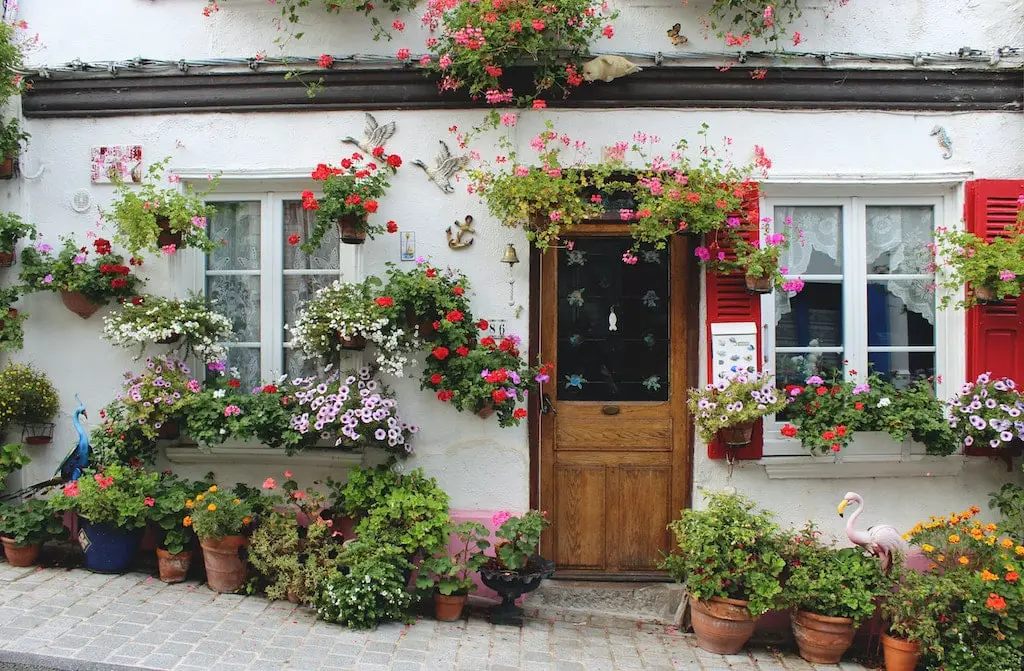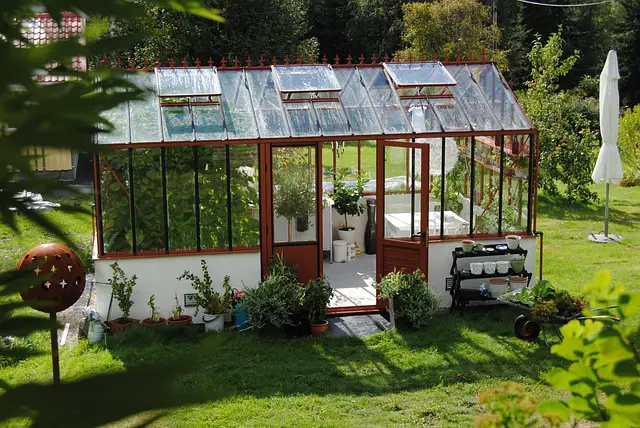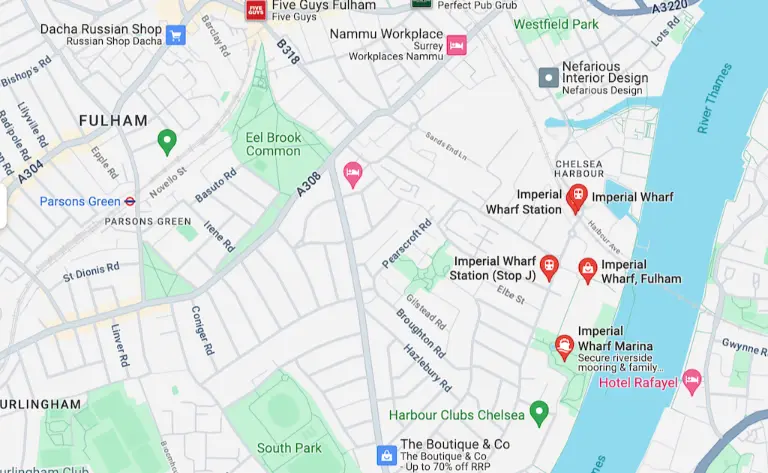Planning permission for conservatories in the UK is an essential consideration for anyone looking to add this popular extension to their home. The requirements for planning permission vary depending on the size, height, and location of the conservatory, as well as the local planning authority regulations. Understanding these requirements and obtaining planning permission can take several weeks or months, so it’s important to factor this in when planning your conservatory project.
Conservatories are a popular addition to many homes in the UK, providing a space to relax, entertain or grow plants in a bright and airy environment. However, before embarking on a conservatory project, it’s important to understand the planning permission requirements in the UK.
In general, planning permission is required for conservatories that exceed certain size and height limits, or if they do not meet specific requirements related to their location or design. These requirements can vary depending on the specific circumstances of the property and its location.
Size limits: If a conservatory is larger than 30 square metres in floor area, it is likely to require planning permission. If it is smaller than this, it may be exempt from planning permission requirements.
Height limits: A conservatory must not exceed the height of the existing house’s roof. If it does, planning permission is likely to be required.
Proximity to boundaries: If the conservatory is built close to a boundary, it may require planning permission, especially if it exceeds a certain height or size limit.

Can I Put a Conservatory on a Listed Building?
If the property is located in a conservation area or is a listed building, planning permission may be required regardless of the size or design of the conservatory.
It’s important to note that these are general guidelines, and planning permission requirements can vary depending on the local planning authority and other factors. Therefore, it’s advisable to consult with your local planning authority before starting any conservatory project to ensure that you comply with any relevant regulations.
When applying for planning permission, you will need to submit detailed plans and documents outlining your proposed conservatory project, along with an application fee. The local planning authority will then review your application and assess whether the proposed conservatory is in line with local planning policies and regulations.
It’s worth noting that planning permission can take several weeks or even months to obtain, depending on the complexity of the proposal and the number of objections received. Therefore, it’s important to factor in this timeframe when planning your conservatory project.
How Big Can a Conservatory Be Without Planning Permission in The UK
In addition to planning permission, there are other regulations that may apply to conservatories, such as building regulations. Building regulations are a set of standards that ensure that the construction of buildings and structures meets health, safety, and environmental standards. In general, conservatories that are less than 30 square metres in floor area and are separated from the house by external quality walls, doors, and windows are exempt from building regulations. However, if the conservatory is attached to the house or exceeds certain size and height limits, building regulations may apply.
In conclusion, planning permission is an important consideration for anyone planning to build a conservatory in the UK. It’s important to understand the requirements and regulations that apply to your specific situation to ensure that your conservatory project is compliant with local planning policies and regulations. By consulting with your local planning authority and other professionals as needed, you can ensure a smooth and successful conservatory project.
What is The 4 year Rule for a Conservatory?
In the UK, the 4 year rule for conservatories is a provision in planning law that allows homeowners to keep a conservatory that was built without planning permission if it has been in place for more than 4 years. This means that after 4 years have elapsed since the conservatory was completed, the local planning authority cannot take enforcement action against the homeowner for not obtaining planning permission.
The 4-year rule is designed to provide a degree of flexibility for homeowners who have added a conservatory to their property without obtaining planning permission and have subsequently enjoyed the benefits of the extra space and natural light.
However, it’s important to note that the 4 year rule only applies to conservatories that were built without planning permission and have been in place for more than 4 years. If the conservatory was built with planning permission or has been in place for less than 4 years, the 4-year rule does not apply, and the homeowner may be required to obtain planning permission or face enforcement action.









